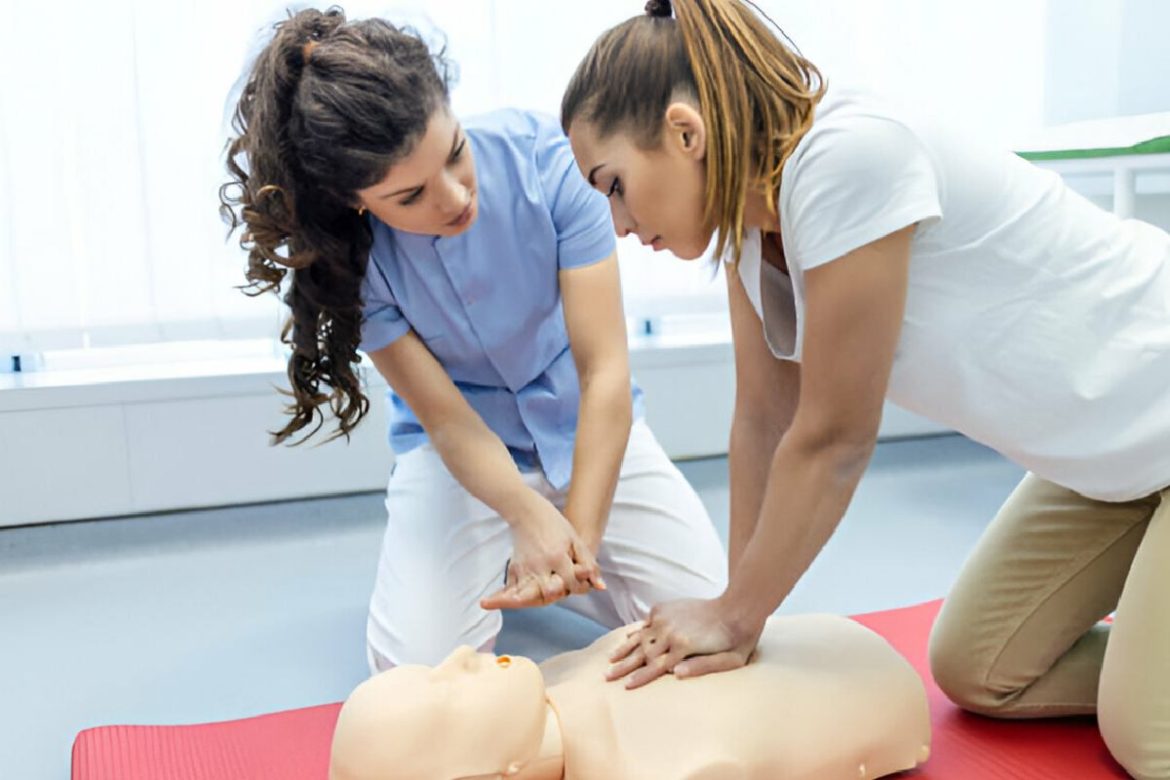First aid is a critical skill which has the potential to quite dramatically increase safety and well-being across very diverse settings. If at work, at home, or out and about, being able to respond during a time of crisis is important. The details of first aid may vary with the surroundings, though.
Risks at the workplace are very different from those in a home set-up, and outdoor settings may be presented with problems unique to those a person might typically encounter indoors. This requires customized first aid across these different settings to better prepare people for the handling of potential emergencies effectively.
This article explores how the first aid training can be able to be adapted to suit the particular needs of diverse environments so that an individual can have the competency to deal with any situation.
Table of Contents
First Aid Essentials for the Workplace
Most workplaces have the risk of accidents—falls, cuts, or even cardiac emergencies. Training for first aid tailored to such risks could save a life. An employee with CPR (Cardiopulmonary Resuscitation) and AEDs (Automated External Defibrillators) training could serve to save a life in those critical minutes before professional medical help arrives.
Workplaces should promote the most probable scenarios to be encountered in that particular working environment. For example, electrical shocks in a manufacturing plant or repetitive strain injuries in offices. First aid training on these would equip employees with the necessary skills and means of appropriate response, hence enhancing safety and support a positive workplace culture.
Tailoring First Aid Techniques for Home Safety
A home is also not a secure place, as many accidents could occur there, particularly in kitchens and bathrooms. General first aid training for a home environment should be geared around typical incidents that are likely to occur within the homestead, for example, burns, cuts, and falls. This training should be inclusive; it should consider the various abilities of all the household members, right from the children to the elderly. For instance, knowing how to handle minor cuts or dealing with sprains equips all members of the family to respond to emergencies confidently, possibly downgrading the severity of the injury and reducing the need for professional medical attention.
First Aid Preparedness in the Great Outdoors
Adventures in the great outdoors expose enthusiasts to unique challenges such as extreme weather, wild animals, and, in many cases, relative geographical isolation. Thus, first aid training must include how to manage bites and stings, hypothermia, or heatstroke. Outdoor enthusiasts need to equip themselves with knowledge on how to use a well-stocked yet portable first aid kit, tailored to the nature of their activities. Knowledge about the wilderness and its resources can also elevate survival, at least until help arrives.
Conclusion
Tailoring the first aid training to the unique challenges present in each environment increases people’s and groups’ safety and, in turn, enhances their confidence in being well-prepared to handle emergencies. In the home set-up and in an outdoor environment, custom-first-aid training gives all the guarantee that an emergency will be effectively managed. Encouraging such specialized training is an investment in safety that can make the difference between a positive and negative outcome in the case of emergencies. The right response at the right time can save lives.


